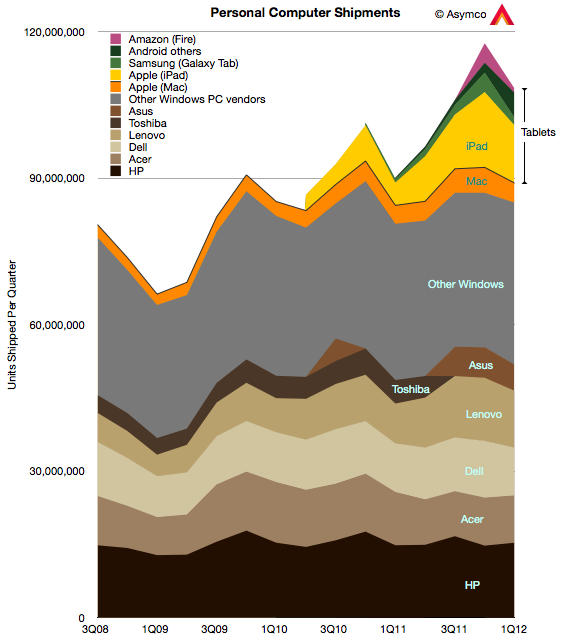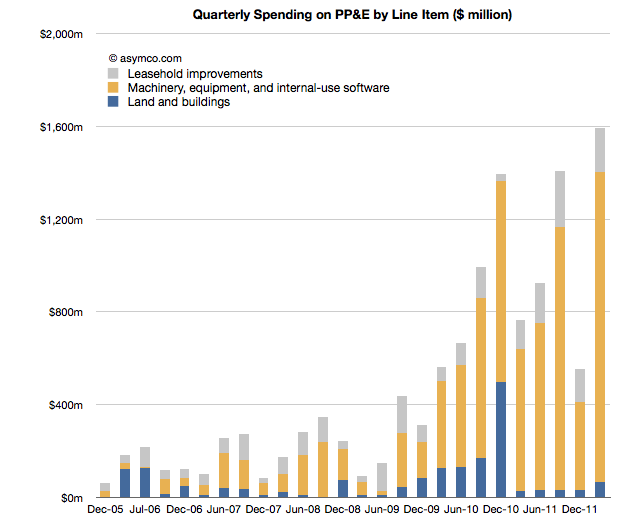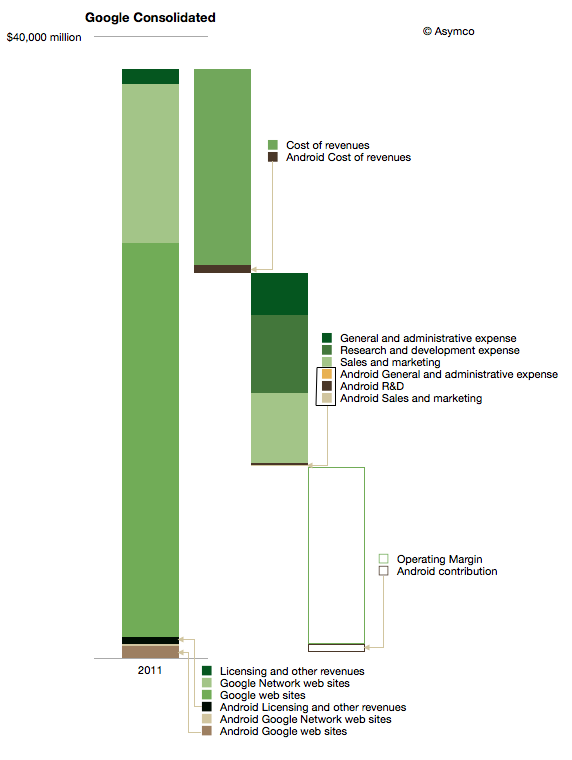Markets are difficult to measure. Mainly because the information is not easy to obtain and that which is obtained is not made public. Collecting, analyzing and filling in the gaps is big business with many firms involved in selling it.
However, with all the analysts and companies selling and promoting their “numbers” it’s important to understand the difference between the methods used. There are for instance at least the following measurements:
- Units sold to end users. For example NPD or GfK data of retail transactions. Also Gartner’s estimates for phone units sold.
- Units sold to the channel. For example units recognized on income statements usually reported by companies. Also IDC’s estimates for phone units sold.
- Units in use. For example comScore and Nielsen survey data.
- Units “activated”. The measurement Google uses to describe Android performance.
- Intent to buy. For example ChangeWave surveys of early adopters.
- Utilization rate. For example browser statistics.
Each measurement tells a different story about the market but the best story is told when all data is analyzed in a combined integrated market review.
Before diving into that it’s important to understand the difference between the first and second measurements or the difference between shipped and sold.



